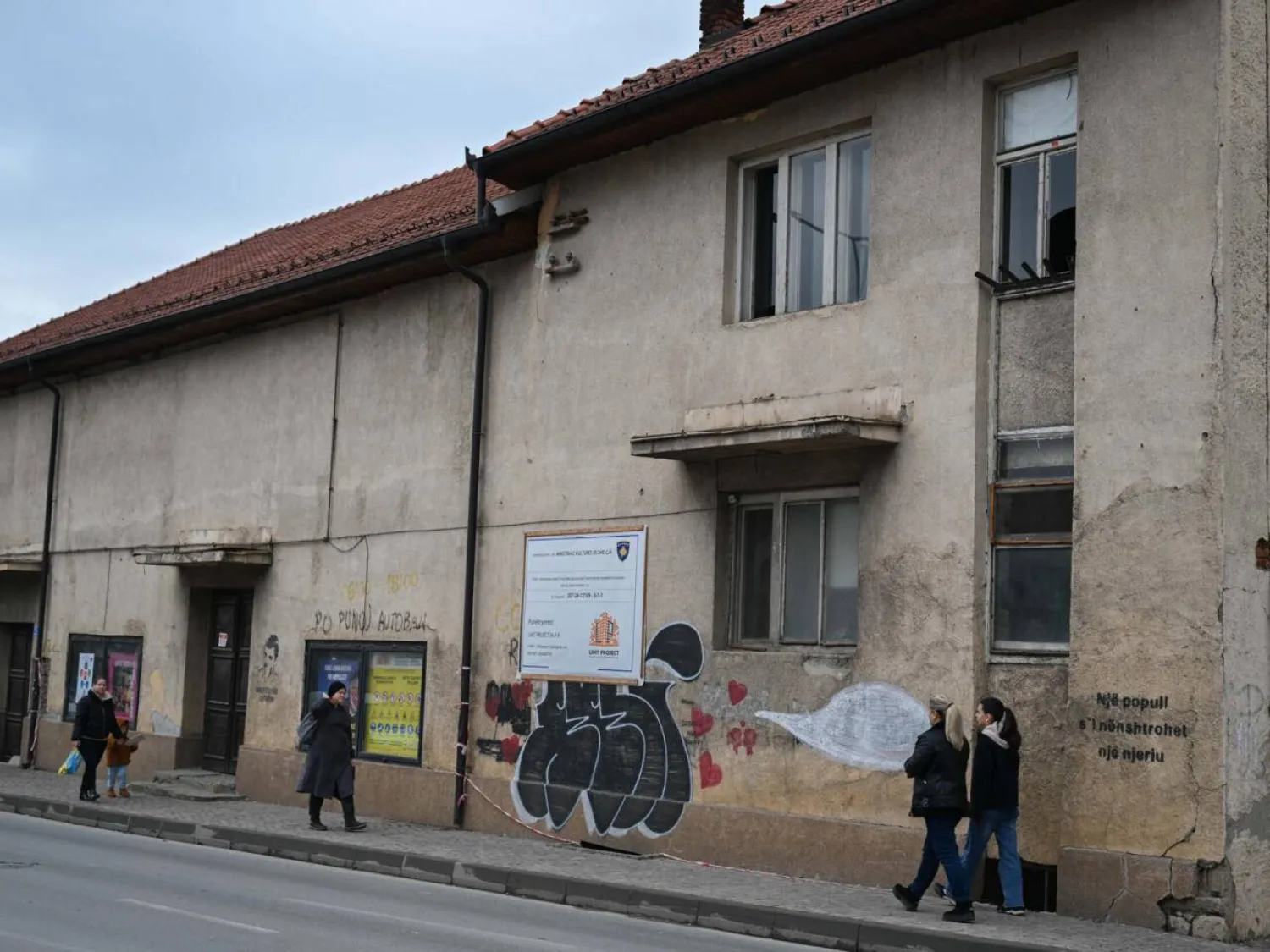Britain's Prime Minister Rishi Sunak has cancelled a planned meeting with his Greek counterpart Kyriakos Mitsotakis due to a diplomatic row over the status of the 2,500-year-old Parthenon sculptures housed at the British Museum.
Greece has repeatedly asked for their permanent return to Athens, while Britain and the museum have refused to do so.
WHY THEY ARE IN BRITAIN?
The sculptures, known as the Elgin Marbles in Britain, include part of a frieze, relief panels and other figures that were removed from the Parthenon in the early 19th century by Thomas Bruce, the 7th Earl of Elgin and then-British ambassador to the Ottoman empire.
They were transported to Britain and bought by the British Museum in 1816 and are exhibited as a prized part of its collection in London.
WHAT ARE THEY?
The sculptures at the British Museum make up about half of a 160-metre frieze which adorned the Parthenon temple on the rocky Acropolis hill in Athens. The collection includes 15 sculpted relief panels and figures of gods and heroes from the temple's pediments.
They are original parts of the temple dedicated to the goddess Athena, completed in 432 BC as the crowning glory of Athens' Golden Age.
The largest temple on the Acropolis, the Parthenon has operated as an archaeological site since 1833, surviving wars and natural disasters to become the symbol of modern Greece.
ATHENS' CAMPAIGN FOR THEIR RETURN
While Athens has called for the permanent return of the treasures since its independence from the Ottoman Empire in 1832 and accused Elgin of theft, the campaign garnered more attention in the 1980s.
Greek Oscar-nominated actress Melina Mercouri, a vocal supporter of the arts, launched an official campaign for their return when she was culture minister in 1981-1989.
Athens has further stepped up its efforts since it opened a museum in 2009 at the foot of the Acropolis, which holds the sculptures that remain in Greece. With a view of the Parthenon, the layout of the top floor of the museum mimics the temple.
In September 2019, Mitsotakis suggested Athens would be willing to loan antiquities to the British Museum in return for being able to temporarily exhibit them. Greece said the proposal did not alter its long-standing demand for their permanent return.
In December 2022, Greece said it was in talks with Britain over the repatriation of the sculptures to Athens, but a deal was not imminent.
BRITISH MUSEUM'S STANCE
The British Museum, custodian of the sculptures, has refused to return them, saying they were acquired by Elgin under a legal contract with the Ottoman Empire that then ruled Greece.
The trustees of the museum say the public would benefit more from having the sculptures divided between two museums, that bringing them back together into a unified whole is impossible as some parts were lost or destroyed, and that the sculptures could not be safely returned.
The trustees have said they would consider a loan to Greece if Greece acknowledges the British Museum's ownership of the sculptures, which Greek governments have refused in the past. The British Museum in January 2023 called for a new Parthenon Partnership with Greece and said discussions were ongoing.
OTHER RETURNS
In January 2022, a museum in Italy loaned Athens the so-called "Fagan" fragment, depicting the foot of the ancient Greek goddess Artemis. It later said the fragment - part of the temple's eastern frieze - could stay in Greece.
In December, Pope Francis returned to Greece three pieces of the Parthenon that had been in the papal collections of the Vatican Museums for more than a century.









